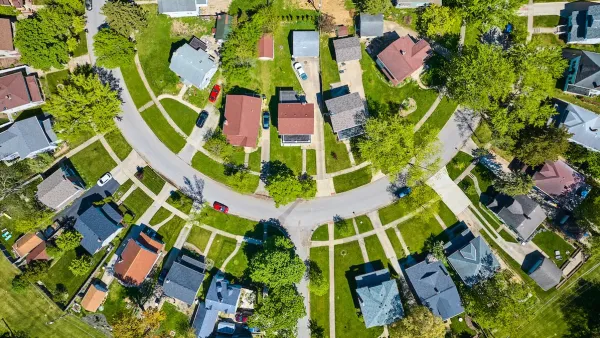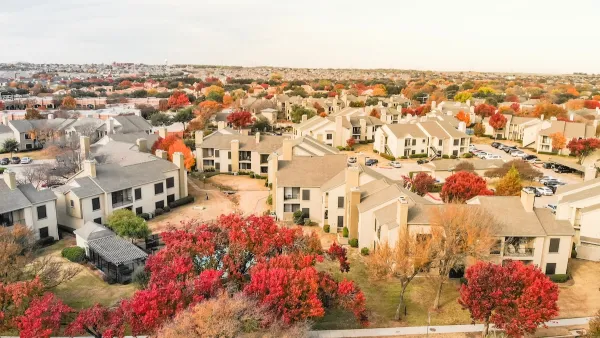According to Kirk Rogers, European suburbs are not all that different from American ones--they indulge the need for space, good schools, and cars-- and they're there to stay.
"The most interesting factor is the diversity of these suburbs. They are still predominantly German, but then again so is the country. I live in an exurb of Nuremberg in northern Bavaria. It was the city of Dürer and Hans Sachs as well as the infamous Nazi rallies and post-war trials. It still has castles from the Medieval past, but the need for labor to rebuild destroyed cities – and eventually the resulting prosperity – in the post-war years saw new faces and cultures arrive with immigrants from countries like Turkey.
Just like in America, many of these newcomers worked until they retired and decided that they wanted to stay. Some of their children are having trouble but not all of them. The children that move out of their neighborhoods to the suburbs integrate better because their parents tend to be more prosperous and thus resent Germany less. The other reason is the fact they are more exposed to the language. Cem Ozdemir was just elected as leader of the Green Party here and he does not speak the pidgin common among a lot of Turkish immigrants. I moved to the suburbs for much the same reason. My wife and I are both non-native speakers but we know that if our children are going to succeed they will need to speak German well and act like Germans. Ideally they will become hyphenated Germans, as in American-Croat-Germans, which is roughly what they would be."
FULL STORY: Euroburbia: A Personal View

Maui's Vacation Rental Debate Turns Ugly
Verbal attacks, misinformation campaigns and fistfights plague a high-stakes debate to convert thousands of vacation rentals into long-term housing.

Planetizen Federal Action Tracker
A weekly monitor of how Trump’s orders and actions are impacting planners and planning in America.

In Urban Planning, AI Prompting Could be the New Design Thinking
Creativity has long been key to great urban design. What if we see AI as our new creative partner?

King County Supportive Housing Program Offers Hope for Unhoused Residents
The county is taking a ‘Housing First’ approach that prioritizes getting people into housing, then offering wraparound supportive services.

Researchers Use AI to Get Clearer Picture of US Housing
Analysts are using artificial intelligence to supercharge their research by allowing them to comb through data faster. Though these AI tools can be error prone, they save time and housing researchers are optimistic about the future.

Making Shared Micromobility More Inclusive
Cities and shared mobility system operators can do more to include people with disabilities in planning and operations, per a new report.
Urban Design for Planners 1: Software Tools
This six-course series explores essential urban design concepts using open source software and equips planners with the tools they need to participate fully in the urban design process.
Planning for Universal Design
Learn the tools for implementing Universal Design in planning regulations.
planning NEXT
Appalachian Highlands Housing Partners
Mpact (founded as Rail~Volution)
City of Camden Redevelopment Agency
City of Astoria
City of Portland
City of Laramie




























